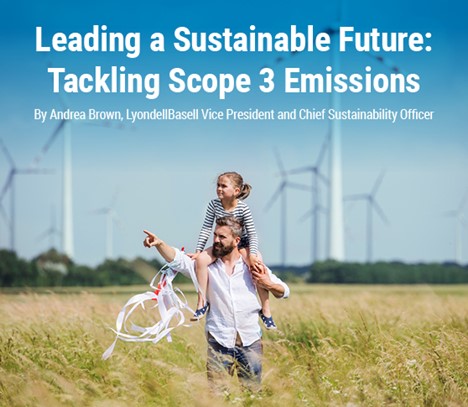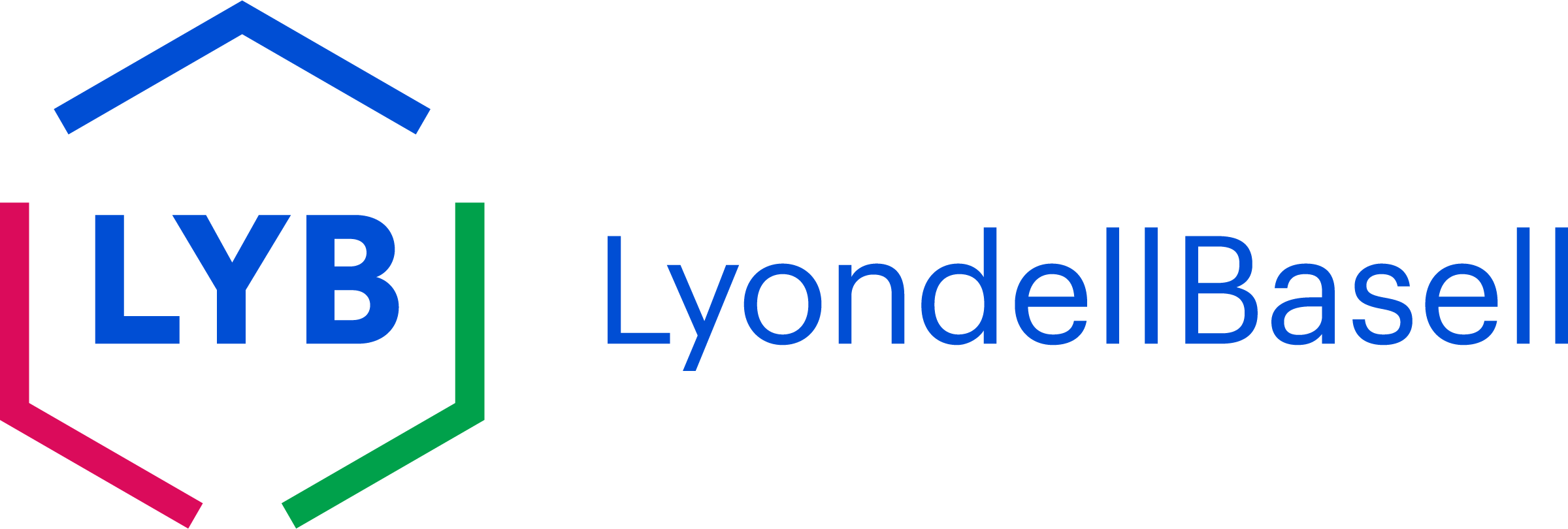 |
|
LyondellBasell Vice President and Chief Sustainability Officer |
Recently, we announced LyondellBasell's new climate ambitions. Today I am writing to give you my reflection on the importance of LyondellBasell's recent bold and significant moves: reducing our Scope 3 emissions. I started my sustainability career at the World Business Council for Sustainable Development (WBCSD), leading the development of the scope 3 standard, an extensive process between WBCSD, the World Resources Institute (WRI), more involving than 60 companies and hundreds of stakeholders. The WRI and the WBCSD created the Greenhouse Gas Protocol (GHGP) in 2001 to help companies to measure emissions and identify opportunities to reduce them. The development of the scope 3 standard was part of the GHGP.
My experience with GHGP standards, combined with working with over 200 companies to advance the sustainability transition for 10 years, has given me the know-how to lead LyondellBasell's sustainability efforts and contribute to advancing the company’s climate ambition strategy, including reducing scope 3 emissions. The actions LyondellBasell is taking in support of our new climate ambitions demonstrate tangible steps to advance a more sustainable future.
As I reflect today, we are living with inflation, a war in Europe, energy insecurity, and a potential global recession. I realize how brave and committed our company is to lead and advance our sustainability position by increasing our emission reduction targets during these challenging times.
Our step forward in sustainability is achievable, smart for business and good for society. We are taking concrete action to create value while also positioning us to be a first-mover to address growing customer demand, as well as societal, customer, brand owner and investor expectations.
The Importance and Challenges of Scope 3
Scope 3 (also known as value chain emissions) represents corporations' greatest proportion of total greenhouse gas (GHG) emissions. In the chemical industry, scope 3 emissions account for approximately 75% of all total emissions. Yet, it is the most challenging to tackle, particularly because the sources of these emissions are not controlled by the company, i.e., the products, materials and services a company buys in order to make its products and the subsequent downstream use and disposal of these products. Many global companies in chemicals and other industrial sectors are reluctant to commit to tackling scope 3 emissions given the value chain challenges, such as the complexity of measuring the emissions (which entails complicated data collection), and the need for more transparency in the supply chain. However, to keep global warming under 1.5 degrees Celsius, there is an urgency to accelerate decarbonization efforts, including significantly reducing scope 3 emissions.
What Scopes 1, 2 & 3 mean
The GHGP defines emissions as follows:
- Scope 1 – These are direct GHG emissions occurring from sources owned or controlled by the company, for example, emissions from combustion in owned or controlled boilers, furnaces.
- Scope 2 – They are indirect emissions from the generation of purchased energy consumed by the company.
- Scope 3 – These are all other indirect emissions from sources in the value chain, such as the extraction and production of raw materials, or from the use of sold products.
While many countries and organizations require reporting scope 1 & 2 emissions, scope 3 emissions reporting is mostly voluntary.
Understanding Our New Climate Ambitions
In December 2022, LyondellBasell announced it is increasing the company’s 2030 greenhouse gas (GHG) emissions reduction target for:
- Increasing scope 1 and scope 2 GHG emissions reduction from 30 percent to 42 percent, relative to a 2020 baseline.
- Establishing a 2030 scope 3 GHG emissions reduction target of 30 percent, relative to a 2020 baseline.
For us, it was important our updated climate goals aligned to the latest science and that we seek to have them validated by the Science-Based Targets Initiative (SBTi). The SBTi is a partnership between the non-profit CDP, the United Nations Global Compact, World Resources Institute (WRI), and the World Wide Fund for Nature (WWF). This initiative defines and promotes best practices in science-based climate target setting for companies.
The SBTi requires companies to include a scope 3 target when scope 3 emissions exceed 40% of the company’s total emissions, which is the case for LyondellBasell. SBTi requires Scope 3 goals to align with a well-below two-degree pathway or GHG emissions reduction of 2.5% per year. Over the 10 years from LyondellBasell’s 2020 baseline to 2030, this translates to a reduction of 25%. Therefore, our new scope 3 goal to reduce emissions by 30% by 2030 exceeds the SBTi minimum requirements.
Advancing Scopes 1,2 & 3 GHG emissions reduction
We are progressing with our strategic plan and timeline for implementing the steps to reduce our carbon emissions. As announced in April 2022, one concrete action to reduce scope 3 emissions is to close our Houston refinery by the end of December 2023. This plan is on track and is expected to reduce scope 3 emissions by approximately 40 million metric tons annually.
In addition, there are many emissions reduction initiatives planned for implementation by 2030, yet beginning in 2024, including:
- Process heat recovery projects, electrification of a large process turbine and optimization of steam demand at its site in Wesseling, Germany, in 2024
- Optimization of heated equipment through advanced digitization, efficiency improvements and fuel management at its site in Channelview, Texas, in 2025
Also, as announced last week, we signed eight PPA agreements and achieved over half of our 2030 target to procure a minimum of 50 percent of global electricity from renewable sources. These PPAs will generate over 2.6 million megawatt hours (MWh) of renewable electricity annually and reduce the company’s scope 2 emissions by nearly 1 million metric tons of carbon emissions, equivalent to the emissions associated with the annual electricity consumption of more than 370,000 homes. In addition, we are continuing with plans to phase out the use of coal at our Wesseling, Germany site, reducing the site’s scope 2 emissions by about 170 thousand metric tons annually.
Furthermore, as we progress in our Circular and Low Carbon Solutions efforts to achieve our 2 million metric tons (MM MT) goal for recycled and renewable products, the corresponding increases in recycling rates will positively impact scope 3 emissions. We expect the emissions reductions we will get from accomplishing this goal to be incremental to the plans we currently have to reduce our scope 3 emissions by 30% by 2030. We estimate approximately 1-1.5MM MT scope 3 reductions coming from achieving our circularity ambition.
Lastly, LyondellBasell is part of several sector initiatives through our engagement with the World Economic Forum (WEF) and Together for Sustainability (TfS) to further understand and act upon the common challenges of the chemical industry in dealing with scope 3 emissions. LyondellBasell is also taking part in efforts led by the SBTi to develop a sectoral decarbonization approach for the chemical industry. We expect this approach will take into account the specific challenges the chemical industry is facing, as a hard-to-abate sector, in its journey to reaching a state of net zero GHG emissions.
Invigorating Times
Tackling scope 3 emissions must remain a top priority for businesses worldwide, regardless of the challenges. Working at a company with colleagues who are committed to action, are fantastic collaborators, are willing to take a chance on ideas, and see sustainability strategy as an opportunity is INVIGORATING. As such, we will continue to find innovative ways to reduce our emissions and offer circular and low carbon solutions to address GHG emissions. While plenty of work remains, sustainability no longer feels like a far-away goal—we’re on our path to leading it and enabling a more sustainable future for all.
More information on our sustainability commitments can be found here.


